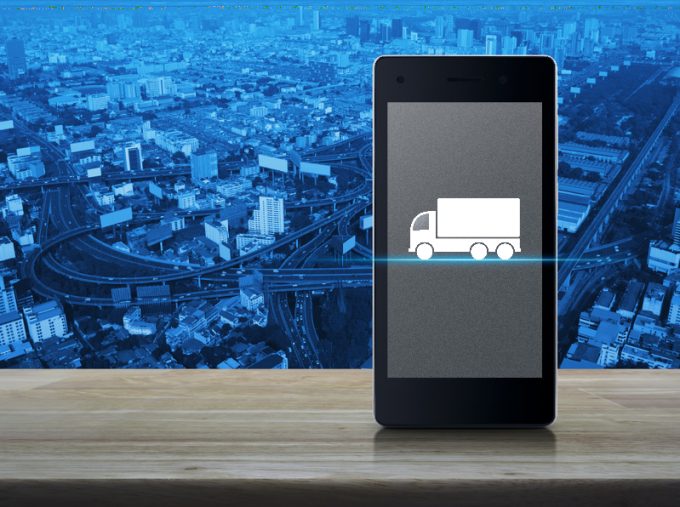The US Line: DSV template – building world leadership from humble origins
How the Viking way could be ‘your way’

The number of employees in truck transportation increased 2% from June to July, and is up more than 2% year on year, according to the US Bureau of Labor Statistics.
And as the number of employees grows, so do volumes.
The American Trucking Association recently published its revised forecast for the industry, anticipating a 25.6% increase in tonnage by 2030.
Representing more than 70% of all freight moved in the US, it’s no wonder many technology companies are eyeing this market for potential financial gains.
DAT was one of the ...
'Disastrous' DSV-Schenker merger would 'disrupt European haulage market'
'Chaos after chaos' coming from de minimis changes and more tariffs
List of blanked transpac sailings grows as trade war heats up and demand cools
Shippers in Asia restart ocean shipment bookings – but not from China
Forto 'sharpens commercial priorities' as it lays off one-third of staff
India withdraws access for Bangladesh transhipments, in 'very harmful' decision
'Tariff hell' leaves industries in limbo – 'not a great environment to plan'
Asian exporters scramble for ships and boxes to beat 90-day tariff pause
Temporary tariff relief brings on early transpacific peak season
Pre-tariff rush of goods from US to China sees air rates soar, but not for long
De minimis-induced ecommerce demand slump could cripple freighter operators
Forwarders 'allowing the fox into the chicken run' by supporting 'hungry' carriers
Hapag 'took the bigger risk' when it signed up to Gemini, says Maersk
'Restoring America's maritime dominance' – stop laughing at the back of the class
Navigating tariffs: 'like trying to solve a Rubik's cube while colour-blind'

Comment on this article